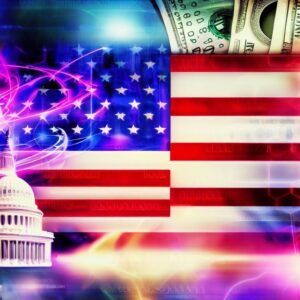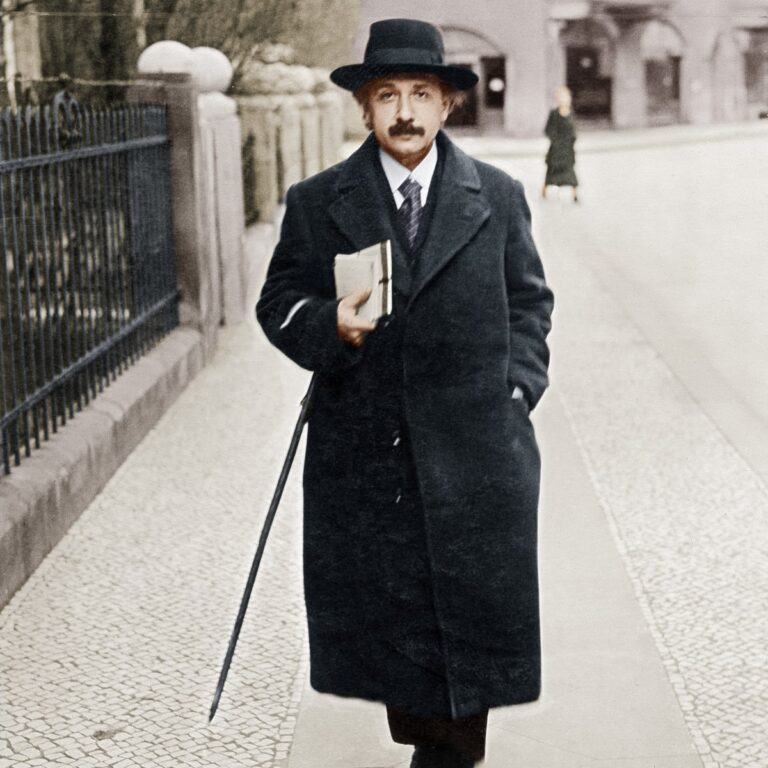Quantum-Centric Focus: The FY 2027 budget directs agencies to emphasize quantum R&D priorities for U.S. superiority in tech, energy, and defense.
Integrated Sectors: Quantum integrates with AI, semiconductors, and space to support broad national goals.
Crosscutting Reforms: Actions rebuild the S&T ecosystem, prioritizing high-value, mission-aligned research.
President Donald J. Trump’s vision for American greatness extends from the very fabric of the universe, quantumness, to the stars, as outlined in the September 23, 2025, memorandum on Fiscal Year (FY) 2027 Research & Development (R&D) budget priorities. The memorandum from the Office of Management and Budget (OMB) and Office of Science and Technology Policy (OSTP) positions quantum R&D priorities at the heart of U.S. strategy. By targeting quantum information science and technology (S&T), the Administration seeks to outpace adversaries and to secure prosperity for generations.
The memorandum, signed by Russell T. Vought (Director, OMB) and Michael J. Kratsios (Director, OSTP), responds to global competition where nations deploy comprehensive S&T strategies. It shifts away from past scattered funding toward direct and purposeful investments. Consequently, quantum emerges as a unifying thread across five budgetary priorities and five crosscutting actions. From this memo, agencies must now channel resources into physical, biological, and engineering sciences to spur technological progress.
In Washington, D.C., this policy realignment addresses why America must dominate: to protect jobs, health, and security amid rising threats. Because quantum technologies enable superior computing power, they underpin advancements adversaries cannot match. The approach seeks to ensure the R&D serves American workers directly.
Quantum at the Core of Emerging Tech Leadership
The first priority secures U.S. supremacy in critical technologies, with quantum R&D priorities leading the charge. Agencies will deepen efforts in quantum information S&T, including centers and programs for basic science and engineering challenges. For example, investments target end-user applications, testbeds, and manufacturing for next-generation devices.
Additionally, quantum intersects with artificial intelligence (AI), where federal funding supports AI for quantum acceleration and vice versa. In contrast, semiconductors and microelectronics R&D will provide the hardware backbone for quantum systems. Advanced communications, like 6G networks, will incorporate quantum-secure designs to protect data flows.
Future computing paradigms, including exascale integration, will leverage quantum for workflows from edge devices to massive simulations. Because these efforts involve industry partnerships, they accelerate real-world deployment. However, agencies must coordinate to avoid duplication while maximizing impact.
"We are going to conquer the vast frontiers of science, and we are going to lead humanity into space and plant the American flag on the planet Mars and even far beyond. And, through it all, we are going to rediscover the unstoppable power ofthe American spirit, and we are going to renew unlimited promise ofthe American dream."
— President Donald J. Trump, 2025 Address to Joint Session of Congress
Quantum's Role in Energy and Security Dominance
Quantum R&D priorities extend to energy dominance, where AI-driven quantum techniques aid fusion and fission advancements. Agencies will fund nuclear technologies, including fuel recycling, with quantum simulations speeding material discoveries. In polar regions and oceans, quantum sensors could map resources more precisely, supporting mining and observation.
For security, quantum enables advanced military tools such as hypersonic defenses and autonomous systems. The "Golden Dome" initiative relies on quantum for sensing, autonomy, and directed energy. Additionally, post-quantum cryptography safeguards against cyber threats, ensuring resilience across infrastructure.
In health and biotechnology, quantum-accelerated research targets disease causes, while biosecurity benefits from quantum screening for pathogens. Domestic biomanufacturing will use quantum for scalable platforms, securing supply chains.
Space dominance incorporates quantum-sensing for navigation, weather prediction, and propulsion. Agencies will pursue human missions to the Moon and Mars, with quantum enabling in-space assembly and radiation mitigation.
Crosscutting Actions to Bolster Quantum Ecosystem
Five crosscutting actions support these priorities, starting with Gold Standard Science to ensure rigorous, reproducible research. Agencies will categorize funding and streamline grants, fostering quantum breakthroughs.
To build the workforce, investments in science, technology, engineering, and mathematics (STEM) education will prepare Americans for quantum careers. Expanded infrastructure, shared testbeds, for exmaple, will make quantum tools accessible to smaller entities.
Revitalizing the technology ecosystem involves new partnerships and technology transfer to commercialize quantum findings. Finally, focusing on high-value efforts means reorganizing programs to align with missions, doubling down on quantum's potential.
As agencies act on this memorandum, the path forward demands bold action. Readers should engage policymakers to advocate for sustained quantum funding, ensuring America's lead endures.


